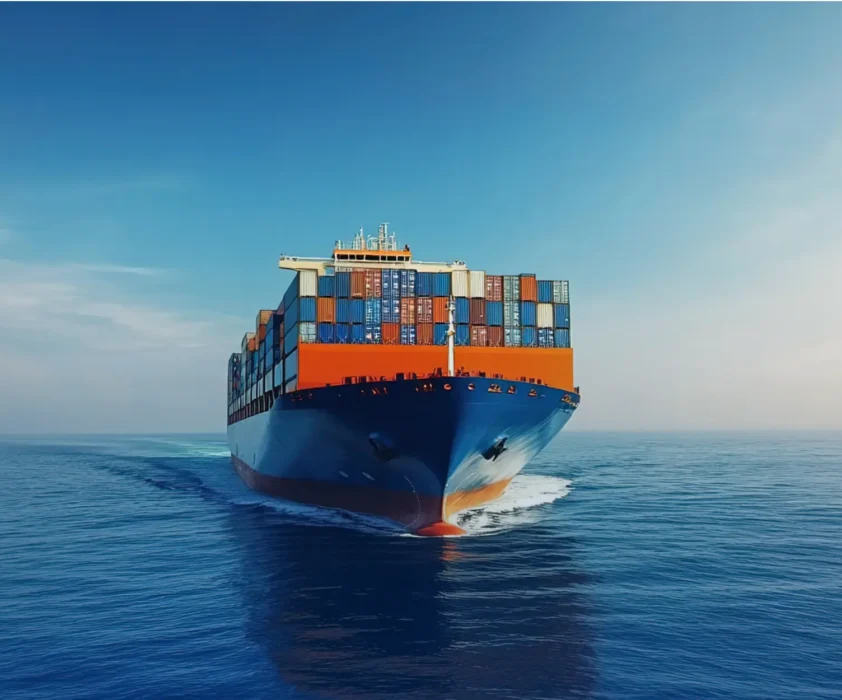
Part of the difficulty in accepting the good news about trade is in our words. We too often talk about trade while using the vocabulary of war. In war, for one side to win, the other must lose. But commerce is not warfare. Trade is an economic alliance that benefits both countries. There are no losers, only winners. And trade helps strengthen the free world. – Ronald Reagan 1988 Radio Address
The recent escalation of trade tensions—fueled by significant tariffs from Canada, Mexico, China, and the European Union—signals a major shift in U.S. trade policy, one not seen since World War II. Understanding the evolution of international and North American trade agreements over this period offers insight into how trade has long been a balancing act between cooperation and competition on the global stage.
Today’s Tariffs
Tariff policy has shifted rapidly in recent months, creating uncertainty across global markets. As of April 5, 2025, the U.S. implemented a universal 10% tariff on all imports. Shortly after, on May 12, the U.S. and China agreed to a 90-day temporary reduction in tariffs—lowering the U.S. rate on Chinese goods from 145% to 30% and China’s tariff on U.S. imports from 125% to 10%. Just days later, on May 15, President Trump announced that India had proposed a new trade agreement that would eliminate tariffs on a wide range of American goods, though Indian officials have not yet confirmed the offer.
While these shifts signal potential movement toward broader trade deals, they also highlight just how fluid and unpredictable the current landscape remains. According to PitchBook Data, Inc., a Morningstar company specializing in private market intelligence, a lasting shift toward protectionism could mark a major departure from the free-trade era that has shaped the global economy for the past 75 years. Prolonged tariff enforcement could redirect capital flows, reshape supply chains, and disrupt trade relationships—carrying significant implications for private markets in both the near and long term.
What does this mean for CRE?
To better understand how tariffs are impacting commercial real estate, we spoke with several of Stream’s sector leaders: Albert Jarrell, Managing Director of National Industrial Development Services; Jared Dienstag, Director of Research for Stream’s Southwest Region; and Andrew Katzfey and Colton Perkins, Vice Presidents on the San Antonio industrial team. From construction pricing and port activity to supply chain shifts and tenant decision-making, these experts share how global trade policy is influencing activity on the ground—and what they’re watching as the landscape continues to evolve.
Construction
“Late in Q1 2025, I had conversations with contractors across the U.S.—from Atlanta to DFW to Southern California,” says Jarrell. “While some price increases in the first quarter are customary annual adjustments, there is ongoing uncertainty surrounding the impact of tariffs. Many acknowledge the potential for cost increases; however, most are unsure about the timing and extent of the impacts.”
According to Jarrell, as of early May 2025, subcontractors and suppliers were holding their prices, with costs 1.3% to 2.5% lower than a year ago, depending on building size and region. “Any price increases related to finally imposed permanent tariffs are expected to stabilize once they take full effect, since they tend to be fixed percentages. Until construction demand picks up significantly, pricing should level out at the final tariff-adjusted rate,” Jarrell continues.
Many expected price increases surround structural and reinforcing steel, aluminum, concrete, drywall, mechanical, electrical, and plumbing; those imported metals, minerals, and mineral by-products are typically obtained at lower offshore production costs.
For most of these materials, imports make up 25% or less of U.S. consumption; however, copper imports represent a significant portion of U.S. consumption, at approximately 45%. Simply put, if the cost of one-quarter to one-half of your material is impacted 10% or more, you should expect an impact of 1% to 5% on your total fabricated product cost.
Ports of Entry
According to Dienstag, the tariff situation remains fluid and subject to change based on negotiations between the U.S. and foreign countries. “While tariffs can influence U.S. port activities on both the west and east coasts, the ports on the west coast are particularly impacted due to the ongoing trade dynamics with China,” Dienstag explains. “The Los Angeles and Long Beach ports, for instance, have recently seen record-high TEU volumes, largely driven by trade with China. However, both ports anticipate a decline in cargo volume as tariffs are expected to reduce imports and exports. This, in turn, could have a ripple effect on dock workers and other jobs reliant on port activity.”
Industrial Leasing
Both Katzfey and Perkins note that while market activity has remained steady, decision-making has become noticeably more cautious. “Tariffs—and what will ultimately happen with them—is the billion-dollar question,” said Perkins. “No one really knows yet, which is why we’re watching the situation closely and advising our clients to remain flexible and position themselves from a place of strength.”
For example, ongoing trade uncertainty is prompting many companies to reevaluate their supply chain strategies—some by moving operations closer to home. “We have a building under contract with a group that operates in Mexico,” shares Katzfey. “They’re looking to establish a U.S. footprint to diversify their exposure. With all the uncertainty, having a base here is just smart risk management.”
Still, their outlook remains optimistic. Whether it’s nearshoring or reshoring, they believe there’s ample opportunity across the U.S.—and particularly in San Antonio, thanks to its strategic location near the U.S.-Mexico border. “You just need to know your market, keep your ear to the ground, and be ready to move when the moment’s right,” Katzfey adds.
—-
Trade policy is constantly evolving, influenced by geopolitical shifts, economic trends, and technological innovation. From GATT to NAFTA to the USMCA, each chapter has reshaped how industries source, produce, and distribute goods. Today’s uncertainties are no exception. With a clear understanding of the past and an agile vision for the future, CRE professionals can be well-positioned to navigate—and help their clients capitalize on—what’s next.



